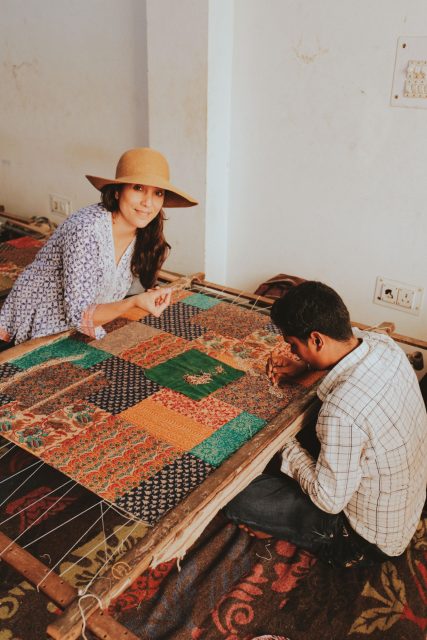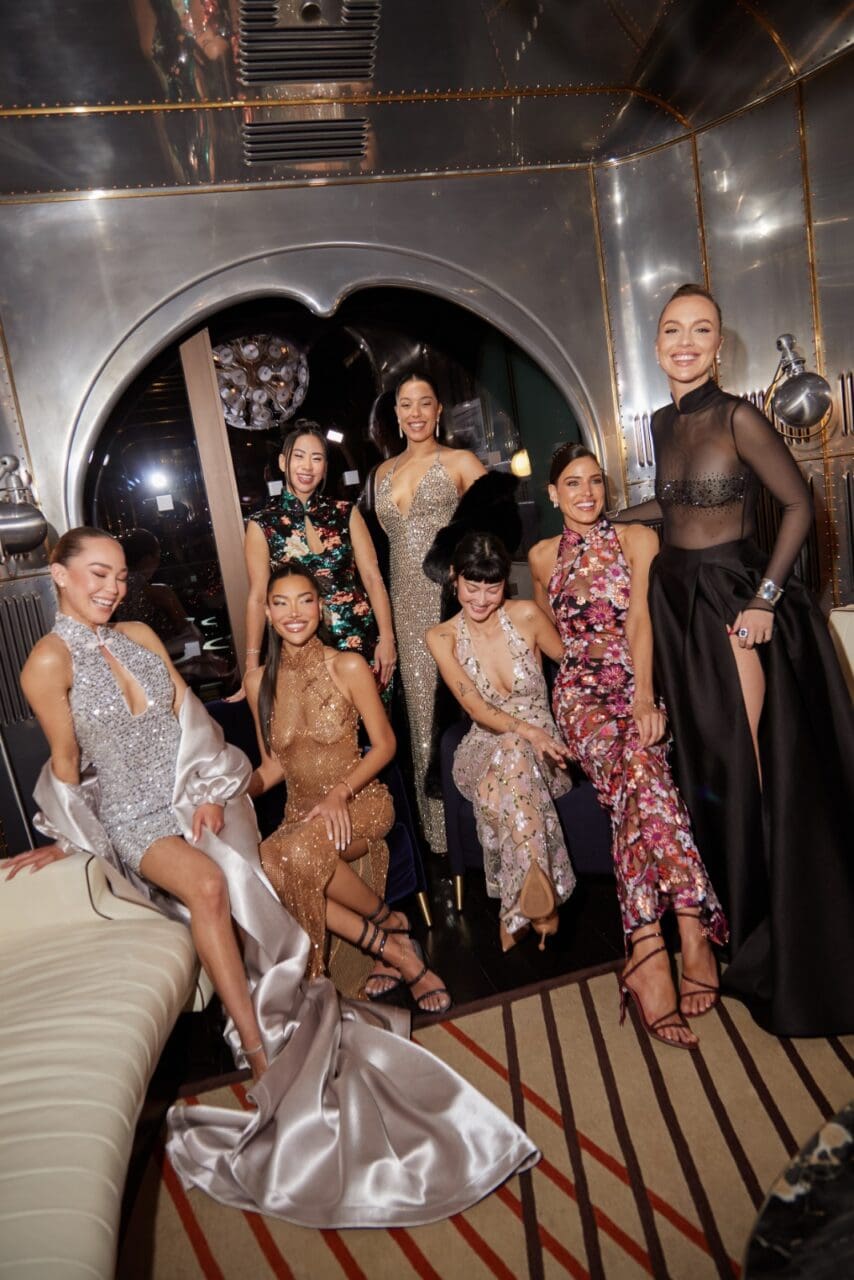
Antique and vintage jewellery has always held a certain appeal to me. My passion for all things antique was in fact fuelled by a childhood surrounded by antiquities collected by my grandmother, mother and aunts. Summer trips to Europe were filled with visits to antique fairs, dealers shops, museums and auctions. Surrounded by such beauty, it was not difficult to be fascinated by history and that which belonged in the past.
Looking back to 100 years ago, it is hard to imagine life at the turn of the 20th century. The era was named “Belle Époque” (1870-1914) as it epitomised a period of western history in which there was regional peace, economic prosperity, technological innovations and optimism. From the new century, new styles of jewellery emerged but, rather than a clean break from tradition, some were elaborations of age-old themes. Garlands, laurel wreaths, bow knots, tassels and lace motifs became the leitmotifs of the period.

A 19th century advertising poster for 'Cognac Otard' by Louis Lessiex is a symbol of the Belle Époque period
Photo: Mondadori Portfolio via Getty Images
As the master of this new style, aptly named ‘garland style,’ Louis Cartier encouraged his jewellery designers to consult original eighteenth century pattern books and to wander through the streets of Paris and take sketches of eighteenth century architectural details. To realise these delicate and intricate designs would not have been possible without the pioneering skills of platinum work in jewellery. Platinum, with its strength and rigidity, allowed the jeweller to reduce the use of metal needed in a mount to enable the gemstones to sparkle more brightly. This ensured that Cartier’s creations were sought after by royal, aristocratic and, above all, wealthy clientele on both sides of the Atlantic.
My fascination with Belle Époque jewellery is fuelled with fantasy and fascination. The tiara is one of the most characteristic jewels of the early twentieth century, favoured by women of all ages. From Disney cartoons to weddings and anniversary parties alike, nothing speaks fairytales and happy endings more than this unique piece of jewellery. Larger-than-life stomacher brooches, feminine lavaliere necklaces, and delicate choker necklaces sparkling with diamonds have shaped my youthful fascination with bows and tassels. My early fashion repertoire must have been influenced unknowingly as, though my taste has evolved since, whenever I see creations featuring ribbons and bows, I am transported to another time and a different era.

Model Irina Pantaeva on the runway for Christian Dior's Belle Epoque-inspired AW97 collection designed by John Galliano
Photo: Guy Marineau/Condé Nast via Getty Images
I’m always on the search for amazing pieces for myself and my daughters and consult a number of checkpoints before making a purchase. The first is to ask myself whether I will wear it or not. Jewellery is meant to be worn; therefore, it is crucial to select something you will love to wear. The second point is to be familiar with the hallmarks, makers’ marks and brand zeals that will ensure that the piece is authentic. Whenever possible, I prefer to buy from reputable institutions so that authenticity is guaranteed. On this note, where antiques are concerned, provenance is of exceptional importance.
Finding a piece from this period is always a joy. The rarity a piece of jewellery that has managed to survive two world wars and more than 100 years is not an easy feat. To own a piece of Belle Époque jewellery is to own a piece of history and that is the allure of antique jewellery appreciation.
Editor
Maya Lin





